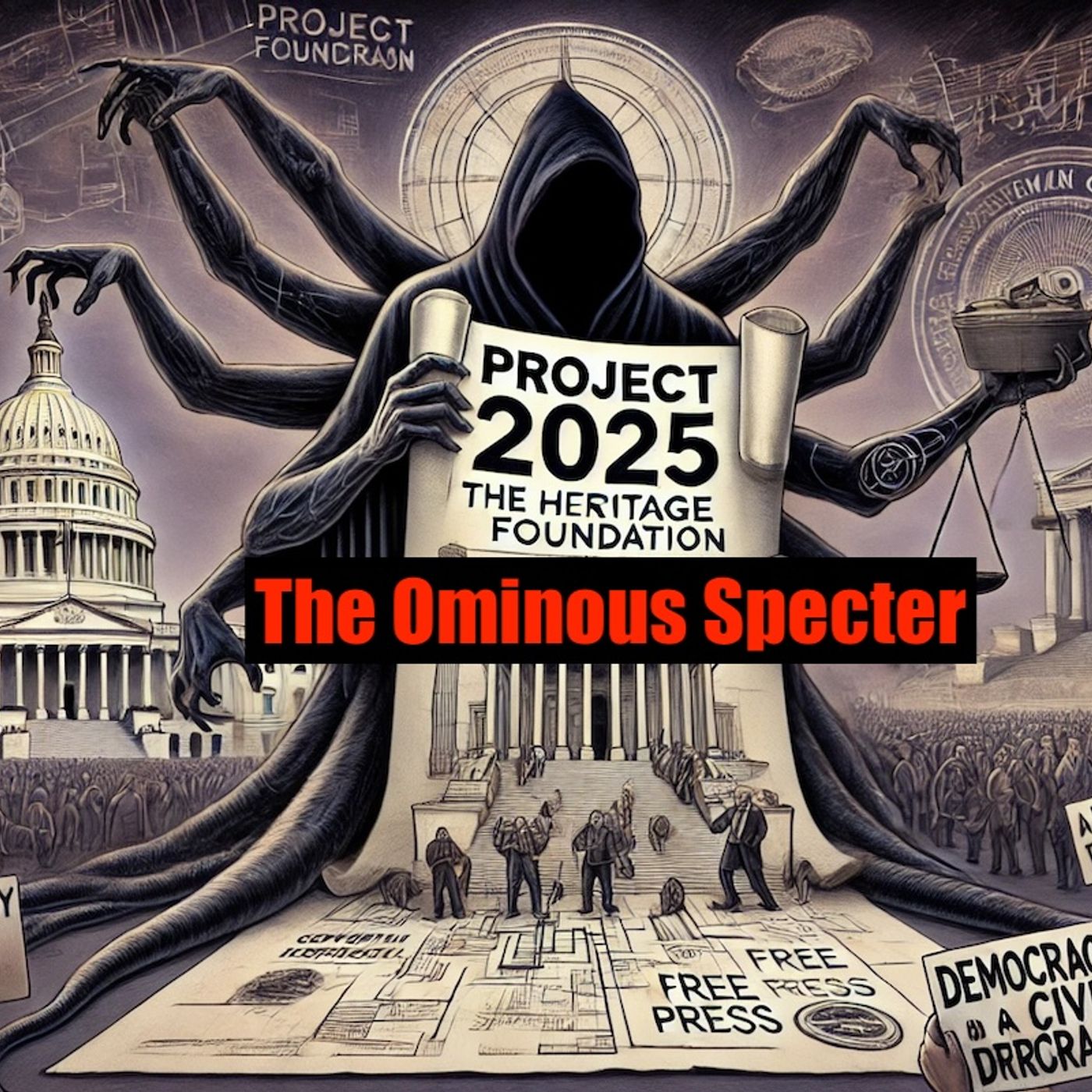Podcast Episode Details
Back to Podcast Episodes
Radical Restructuring or Democratic Disaster? The Controversy Surrounding Project 2025
Project 2025 has emerged as one of the most ambitious and controversial blueprints for American governance in recent memory. Initiated by the Heritage Foundation and backed by a coalition of over 100 conservative organizations, the project’s stated mission is to radically restructure the federal government and centralize executive power, promising what supporters call a return to accountability and efficiency. Critics, meanwhile, warn of its sweeping threats to democratic norms, federal checks and balances, and the livelihoods of millions.
Unveiled in the form of a 900-page manifesto titled “Mandate for Leadership,” Project 2025 provides granular directions, agency by agency, for an incoming administration determined to overhaul how Washington operates. According to the Heritage Foundation, the “heart of the project” is dismantling what they label as an unaccountable bureaucracy that has “drifted too far from the people’s will.” Kevin Roberts, Heritage’s president, bluntly declared, “All federal employees should answer to the president.” This vision is animated by an expansive concept known as the unitary executive theory, essentially arguing that the president should have direct control over all executive branch agencies, shedding their current independence.
For listeners wondering about concrete changes, consider the plan for the Department of State. Project 2025 advocates for the wholesale removal of agency leadership officials before Inauguration Day, replacing them with individuals hand-picked for strict ideological alignment. Kiron Skinner, who penned the State Department chapter, envisioned a department led exclusively by loyalists, aiming to “remove those not aligned with the president’s priorities.” This move is designed not just to hasten the implementation of foreign policy goals, but to prevent bureaucratic resistance—a key grievance among the plan’s authors.
Just as striking is Project 2025’s approach to the federal workforce. Its architects call for the resurrection and expansion of “Schedule F,” a controversial employment status for federal employees. Schedule F would classify hundreds of thousands—if not more—career civil servants as political appointees, stripping them of longstanding job protections. The stated goal is a government “purged of entrenched opposition” so that “key decisions reflect the president’s will on day one.” Critics like the National Federation of Federal Employees describe this as a “scheme to purge career professionals,” warning it would turn public administration into a partisan machine vulnerable to corruption.
The plan doesn’t stop at restructuring government jobs. Project 2025 lays out a 180-day playbook, which includes ready-to-sign executive orders to immediately strip environmental regulations, curb civil rights protections, and overhaul social welfare programs. According to the Center for Progressive Reform, executive actions under this strategy have already targeted the rollback of climate rules, weakened worker safety standards, and eliminated agencies altogether. The swift elimination of the Consumer Financial Protection Board and US Agency for International Development, as documented by Government Executive, was meant to signal a new era of “government efficiency” but resulted in “widespread layoffs and institutional chaos.”
Project 2025’s policy ambitions also extend to social issues. In its blueprint, it calls for curtailing access to abortion, undoing LGBTQ protections, and limiting federal action on racial equity. The ACLU describes these proposals as “an unprecedented rollback of civil rights and liberties,” comparing their scope to a rewriting of American society’s basic fabric.
Proponents lay claim to a mandate from voters frustrated by government gridlock and what they see as bureaucratic overreach. Opponents counter that this is not reform but a consolidation of power. Legal experts from across the sp
Published on 2 months, 1 week ago